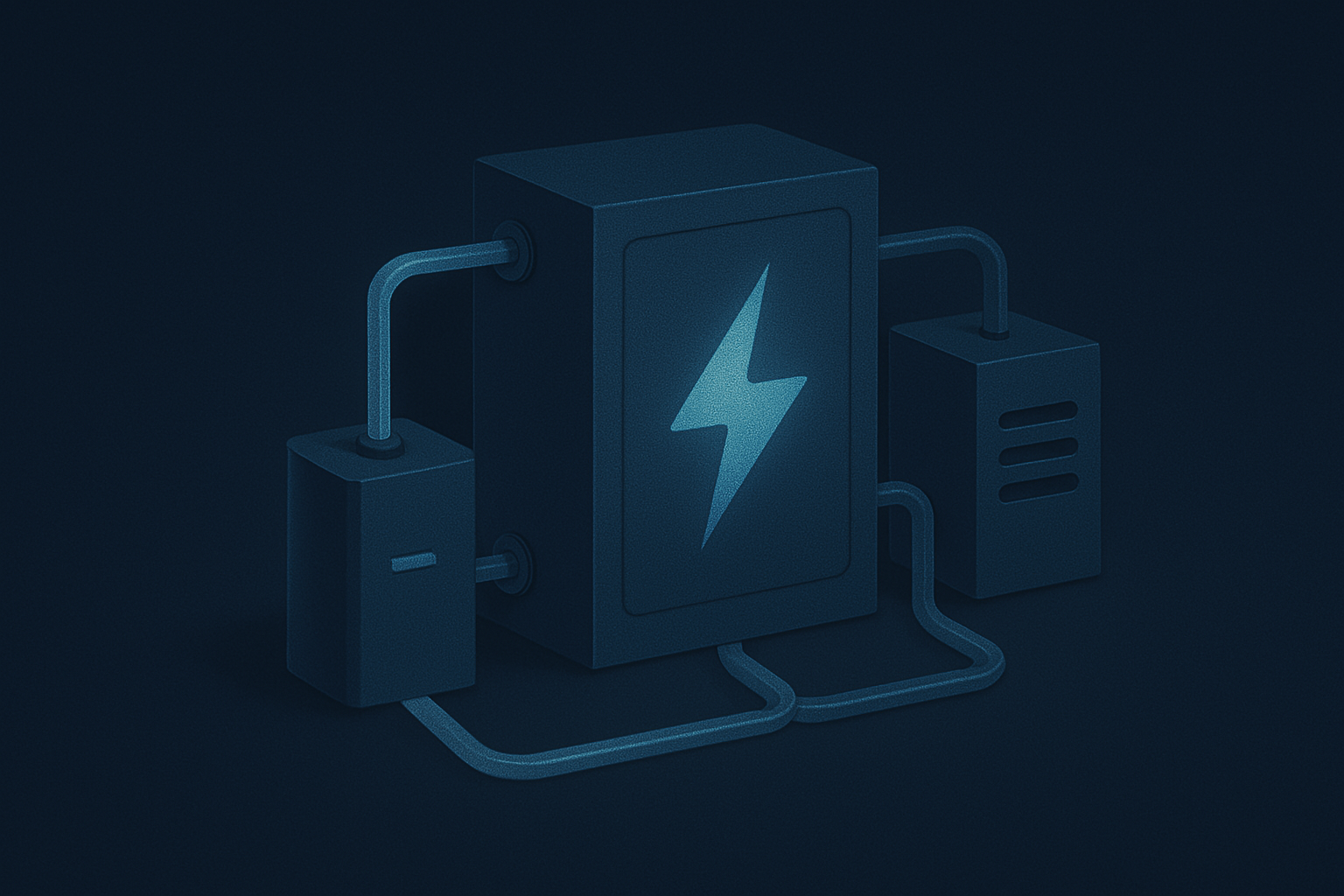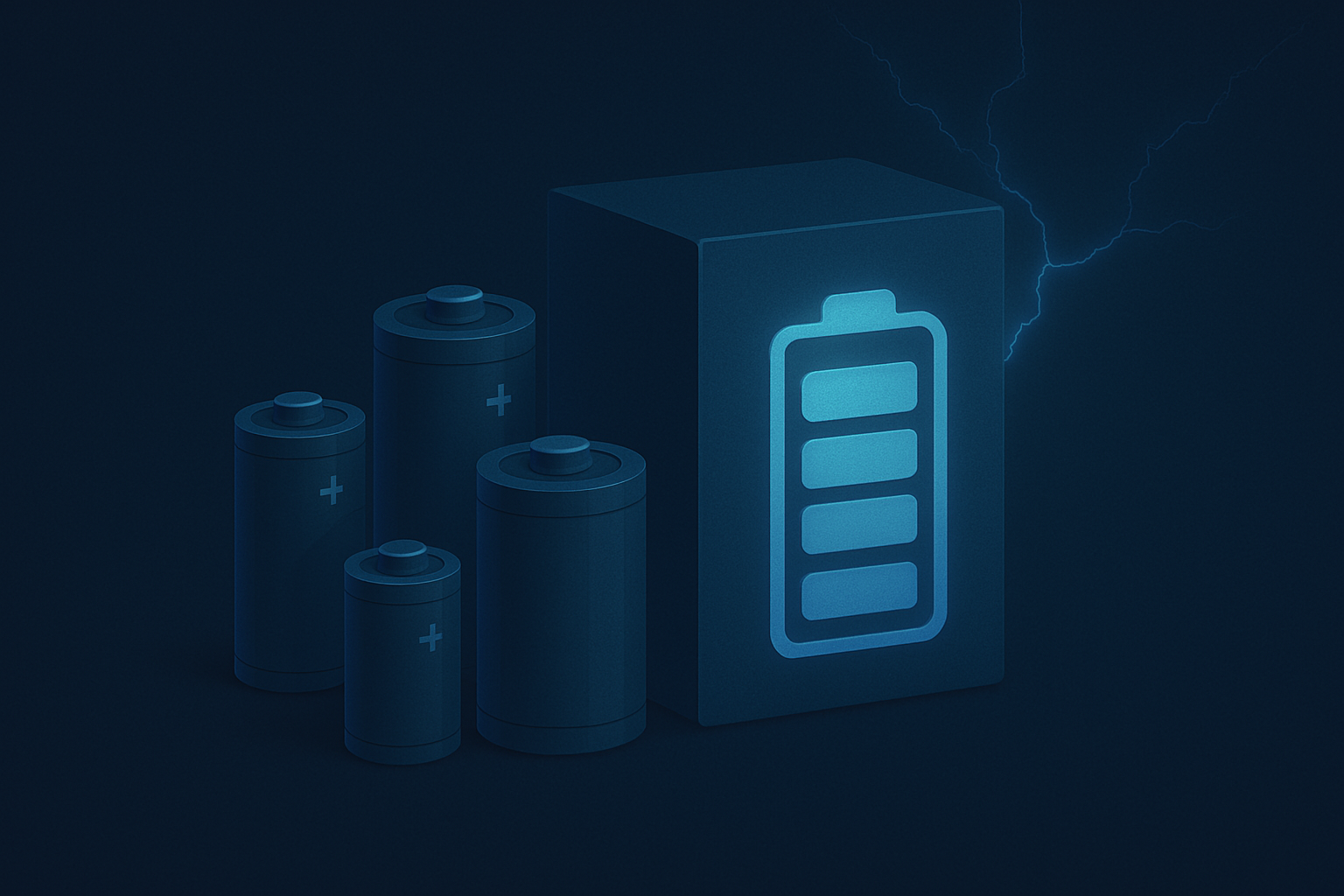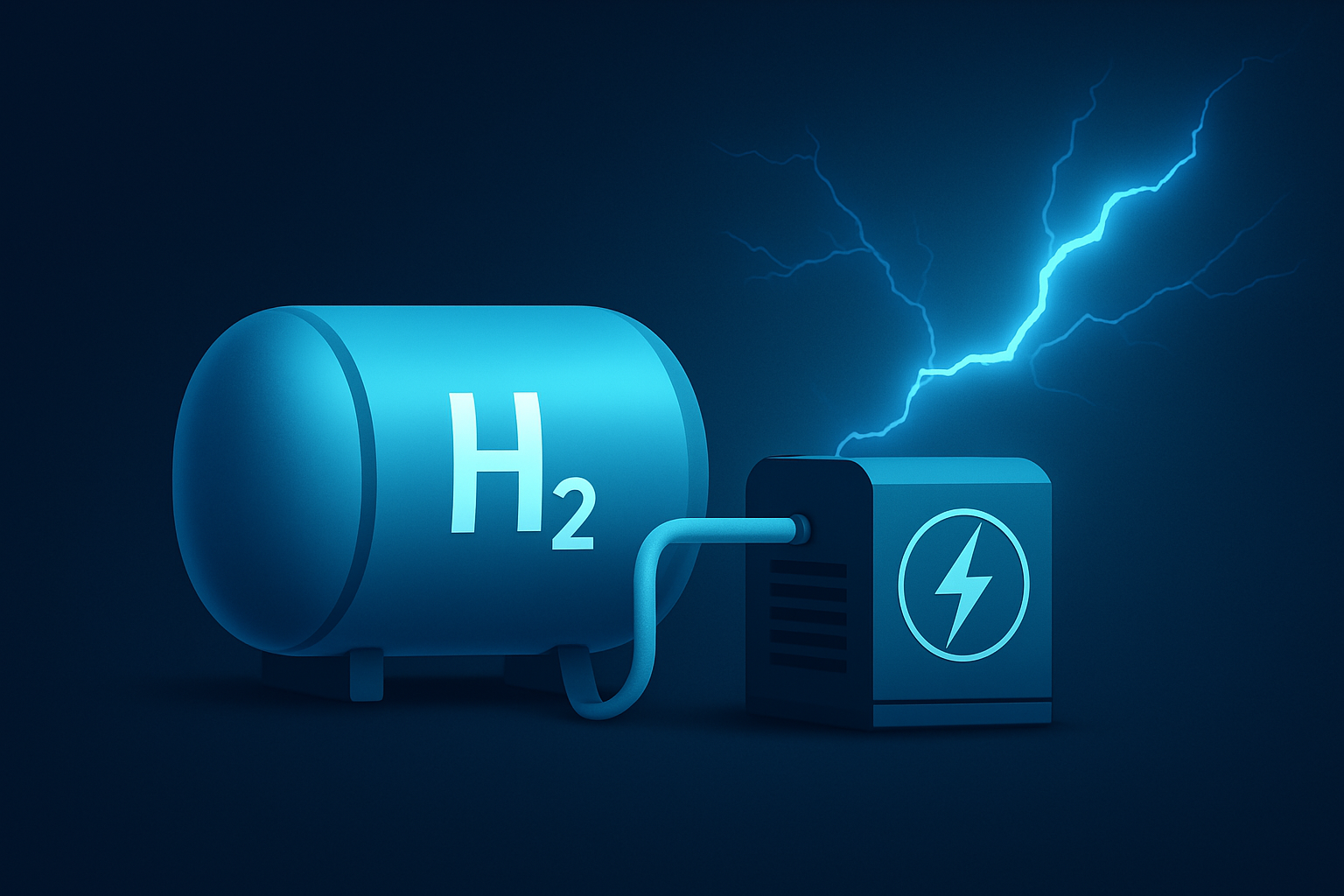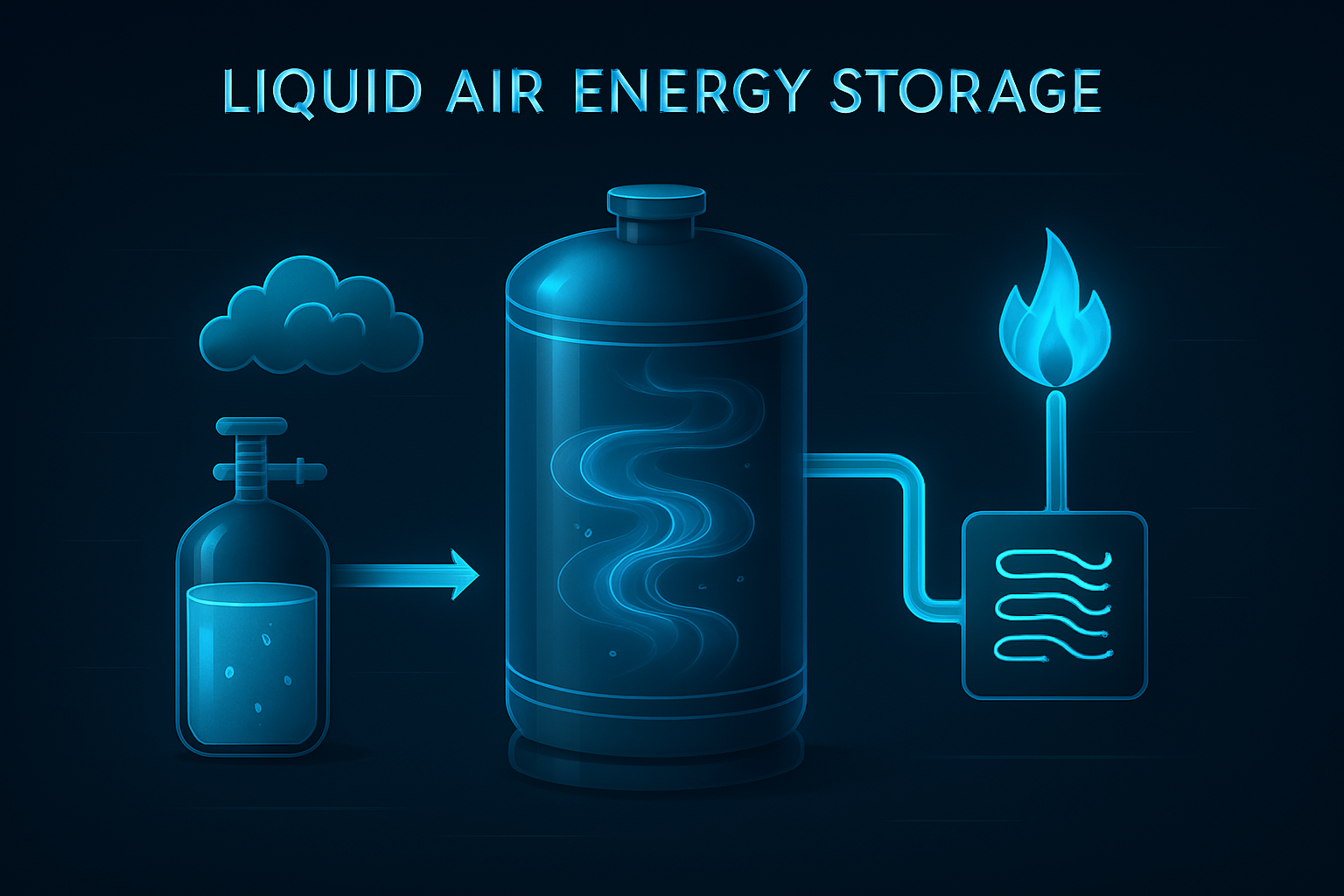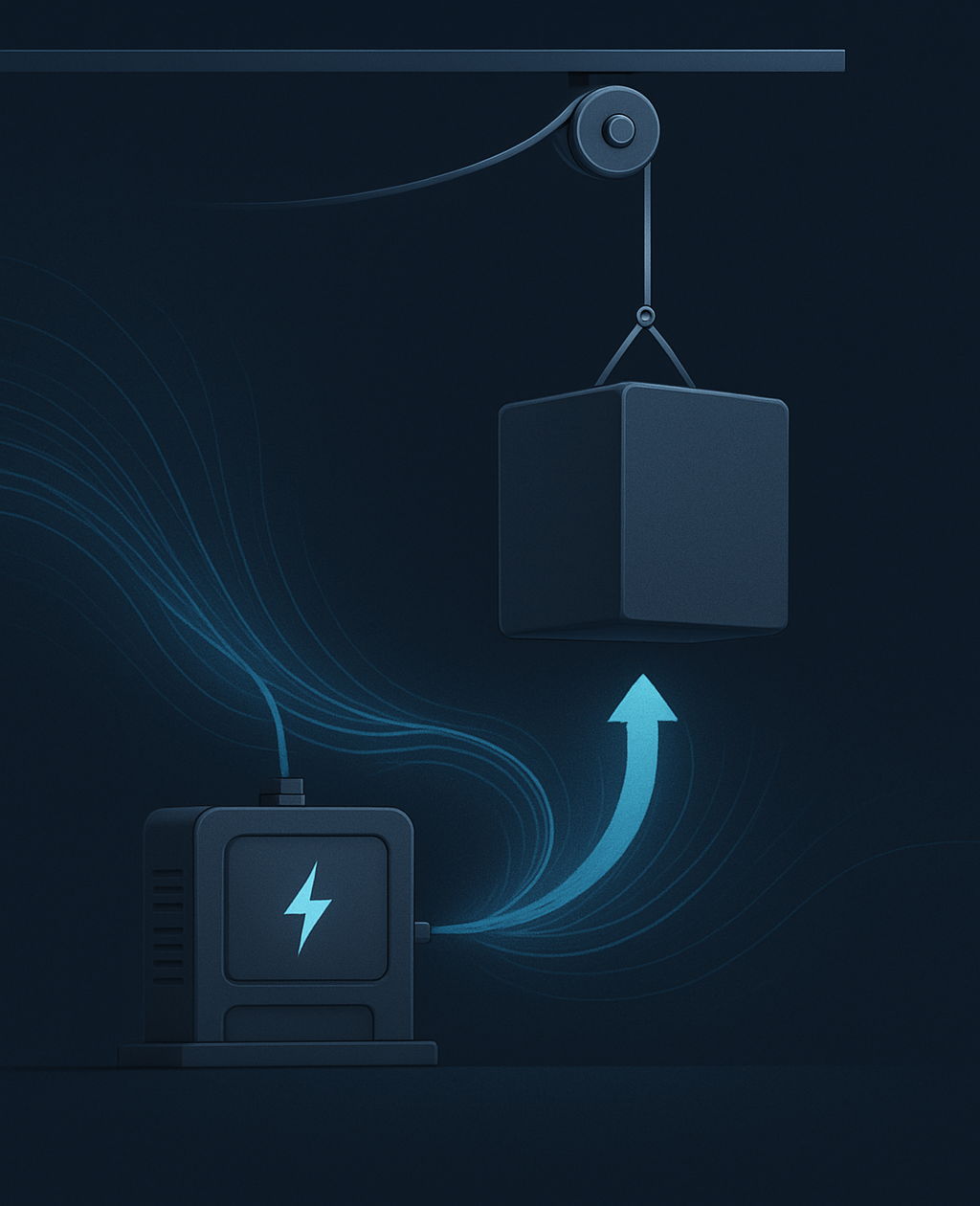
Harnessing Potential Energy through Elevation
Gravity-Based Energy Storage (GS) systems store energy by using surplus electricity to lift heavy masses to higher elevations. When energy is needed, these masses are lowered, and the potential energy is converted back into electricity through generators. This method relies on the fundamental principles of gravity and mechanical movement to provide a sustainable and efficient energy storage solution.
Types of GS Systems
Surface-Based GS: Involves constructing modular structures or towers where heavy weights, such as massive concrete blocks, are lifted using electric motors. The weights are stored at elevation and lowered to generate electricity during peak demand periods.
Underground GS: Utilizes existing underground spaces like abandoned mineshafts or purpose-built shafts. Heavy weights are raised and lowered within these shafts, or a large piston is used atop a high-pressure water chamber. Lowering the weight pressurizes the water, which can then drive turbines to produce electricity.
Advantages
Long-Duration Storage: GS systems can store energy for extended periods without significant losses, making them ideal for balancing intermittent renewable energy sources like wind and solar.
Scalability: Energy capacity can be increased by adding more weight or height, allowing systems to be tailored to specific energy needs from small communities to large grid applications.
Minimal Environmental Impact: Especially with underground systems, the environmental footprint is reduced by repurposing existing infrastructures like mines, thus minimizing land use and preserving natural landscapes.
Resource Efficiency: Utilizes abundant and recyclable materials such as steel, concrete, and rock, avoiding reliance on scarce or hazardous substances.
Low Operational Costs: After initial construction, GS systems have relatively low maintenance and operational expenses due to their mechanical nature and durability.
Challenges
Technological Maturity: While the concept is simple, large-scale commercial implementations are still in developmental stages, requiring further research and pilot projects to prove long-term viability and reliability.
High Initial Investment: Significant upfront capital is needed for construction, including building robust lifting mechanisms, structural supports, and advanced control systems.
Site Specificity: Effective deployment depends on suitable geographic locations with adequate elevation differences or existing underground spaces, limiting widespread applicability.
Mechanical Wear and Tear: Moving heavy masses repeatedly can lead to mechanical stress and potential equipment degradation, necessitating regular maintenance and durable component design.
Regulatory Hurdles: Projects may face challenges in obtaining permits and community acceptance, especially when involving large structures or modifications to existing landscapes.
Current Status
Gravity-Based Energy Storage is gaining attention as a promising solution for sustainable and long-duration energy storage. Several companies and research institutions are developing prototypes and pilot projects worldwide. Innovations focus on improving efficiency, reducing costs, and integrating advanced materials to enhance system performance. Notable projects include the use of cranes and stacked blocks in modular designs and the adaptation of disused mines for underground systems. As the energy sector increasingly shifts toward renewable sources, GS offers a complementary technology to support grid stability and reliability. Continued investment and technological advancements are expected to accelerate the commercialization and adoption of GS systems in the near future.
News & Events
Read the most recent updates and explore the upcoming events.


